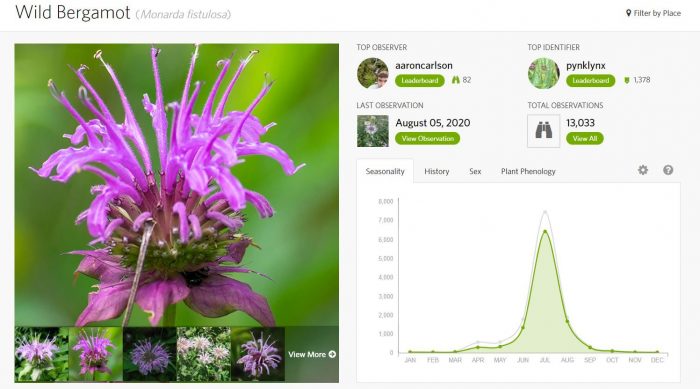
Prior to the pandemic, enrollment for spring and summer field classes at the U-M Biological Station were at an all time high. Students eagerly planned to live away from home, at the BioStation near Douglas Lake in Pellston, Michigan.
When the university announced that spring and summer courses would be virtual, faculty and staff at the BioStation had to redesign their courses, almost all of which involve in-person and field components.
“I was definitely in ‘panic mode,’ thinking about how we were going to do all this,” Charles Davis, a professor at the BioStation, said of the stressful two-month turnaround.
He and fellow instructor Susan Fawcett debated how to virtually adapt their class, “Field Botany in Northern Michigan.” Their solution: Drop the class entirely and create something new.
